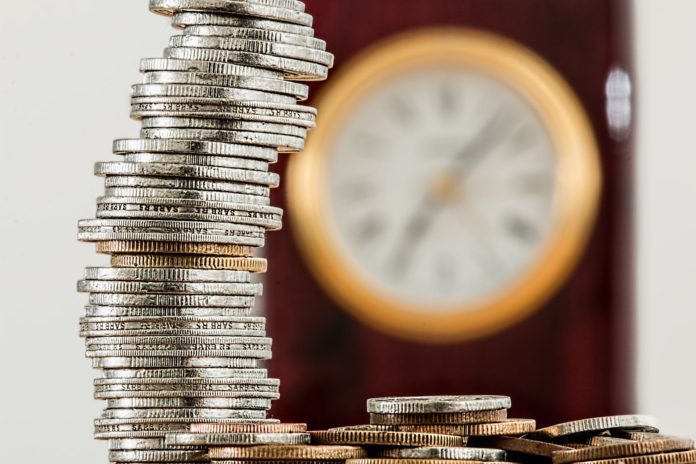Saccos have increased their financial investments in government securities, rising from 4.28% in 2020 to 23.43% in 2022, marking significant growth.
According to the Sacco Societies Regulatory Authority (SASRA), previously, Saccos were hesitant to invest in such securities. However, this shift in investment strategy is considered a vital development in preparation for the integration of regulated Saccos into the national payment system and the rollout of inter-lending platforms. Such investments are often used as security in inter-lending and position settlements in payment systems.
The total amount of financial investments in regulated Saccos decreased from Ksh 50.30 Billion in 2021 to Ksh 49.95 Billion in 2022, representing 6.23% and 5.61% of the total assets, respectively.
Saccos have also been cutting their placements with National Cooperatives (NACOs) as a proportion of their financial investments, which fell from 50.54% in 2020 to 30.00% in 2022. This is due to the high demand for loans from members, with low returns associated with such placements.
However, Saccos continued to patronize membership of NACOs, as evidenced by the increase in shares in the NACOs, which represent 38.28% of the total financial investments.
Meanwhile, Saccos’ investments in shares of publicly listed companies and other regulated securities, such as unit trusts, remained marginal at 5.04% and 4.26%, respectively, in 2022. These decreases could be attributed to the loss of market value of shares held in publicly listed companies and the poor performance of regulated securities, as well as some divestiture, according to the Sacco Supervision Annual Report 2022.
Analyses based on the 2022 financial performance done by Co-op News indicate that Saccos are increasingly becoming major players in the country’s domestic debt market.
Some Saccos featured prominently in Kenya’s domestic debt market in 2022. With the government facing an increasing burden of foreign debt and a growing need for development and recurrent expenditure, budget deficits have become a reality. To address this, Saccos have been called upon to invest in government securities such as Treasury bills and bonds, thereby raising the much-needed capital for short, mid, or long-term projects.
Although Saccos are primarily mandated to lend to their members for income-generating activities and other development projects, some have excess cash that can be lent to the government. By doing so, the government can reduce the pressure of external borrowing, which often comes at high interest rates and diverts resources to develop other economies.
Several Saccos in Kenya have already invested in government securities, with the Kenya National Police Deposit Taking Sacco, Hazina Sacco, Tower Sacco, and Safaricom Sacco being notable examples. The Kenya National Police Deposit Taking Sacco partly attributed its asset base growth of Ksh48.9 billion in 2022 to investment in government securities. Hazina Sacco Board disclosed in the annual report the Society had invested KSh720 in Treasury bonds in primary and secondary markets. Tower Sacco reported an investment in government securities of Ksh1.05 billion. Safaricom Sacco’s 2022 financial statement also indicated it had invested with the government for the first time.
However, industry experts recommend that Saccos’ lending to the government should be more organized, and this can be achieved by establishing a Central Liquidity Facility. The facility would allow market forces such as interest rates to dictate where Saccos can invest their huge deposit reserves.
With proper structures in place, Saccos can lend money to the government instead of letting it lie idle. In addition to funding housing and other development projects, Saccos are urged to consider social development initiatives such as roads and rail transport. However, some Saccos have outgrown the cooperative model, necessitating the need for proper systems for long-term lending.
To diversify their revenue streams and cushion themselves from any shocks, Saccos have also invested in property and equipment. According to SASRA, the investments in properties, including lands and buildings, accounted for 21.41% of the entire portfolio, representing Kshs 9.99 billion in 2022. This was a drop from the Kshs 22.06 billion reported under investment in properties in 2021. The government is overburdened with foreign debts, and with the need for development and recurrent expenditure, a budget deficit has become a reality.





